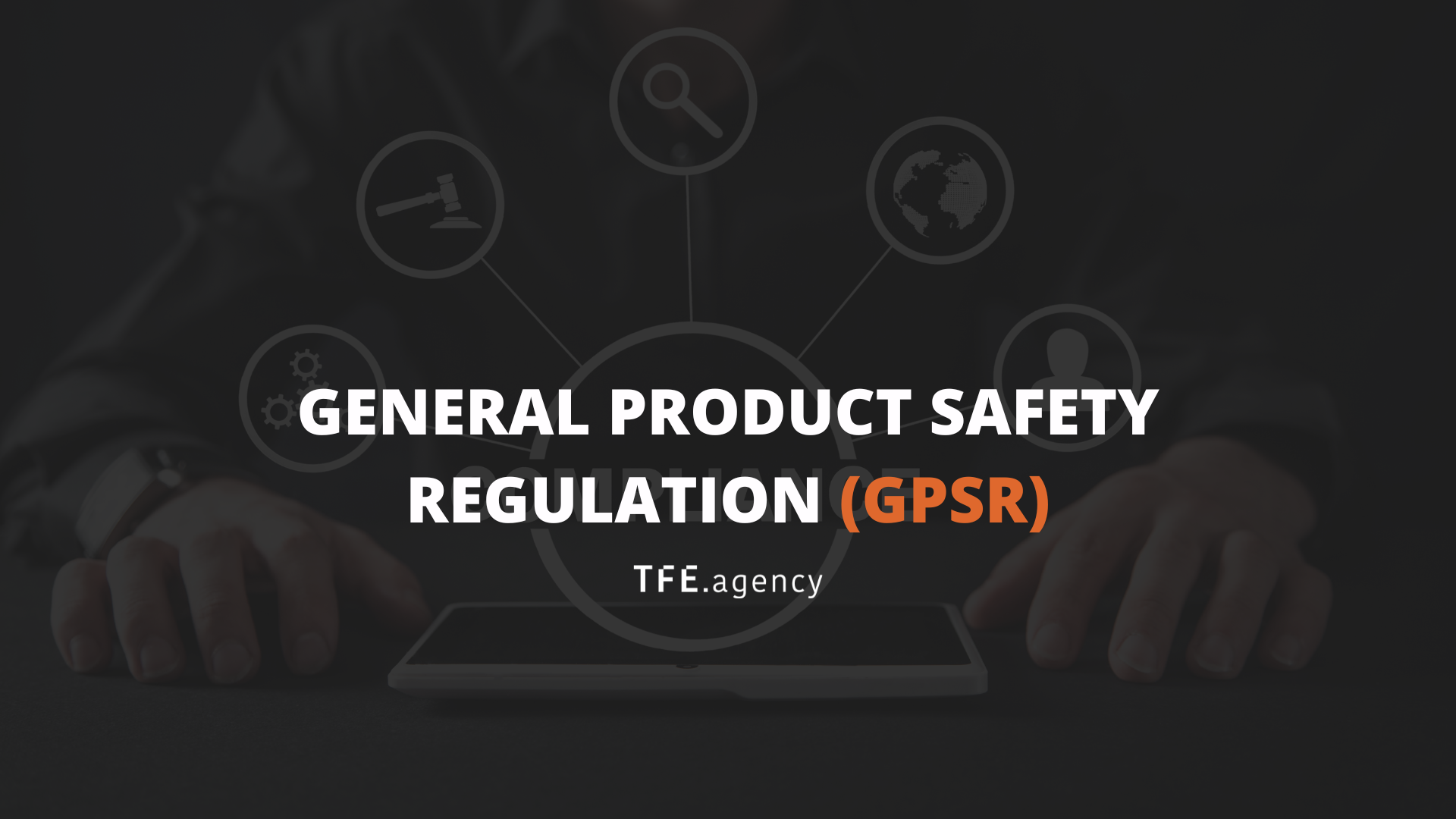
Compliance News: Are You Ready for the General Product Safety Regulation (GPSR)?
The clock is ticking! With just seven weeks remaining until Friday, December 13, 2024, the new General Product Safety Regulation (GPSR) will officially come into force. This landmark legislation is set to overhaul compliance requirements for non-food consumer products in the EU and Northern Ireland.
For retailers, this critical update arrives at the busiest time of the year—right in the heart of Q4 and the pre-Christmas shipping rush. Here’s everything you need to know to prepare your business and avoid disruptions.ember state.
What Is the GPSR?
In May 2023, the EU published the new General Product Safety Regulation (GPSR) 2023/988 in the Official Journal of the European Union. After a transitional period of 18 months, the regulation will replace
Directive 2001/95/EC on 13 December 2024 and enter into force immediately in every EU member state.
The regulation is designed to address modern challenges in product safety, particularly for online marketplaces and cross-border e-commerce. From December 13, 2024, all non-food consumer products sold in the EU—including used, repaired, reconditioned, and handmade items—must comply with these new rules. However, there are exceptions for certain categories like medicinal products, food, and antiques.
The GPSR applies to all consumer products placed or made available on the market in the EU.
- Placing on the market is the initial supply to third parties, whether in return for payment or free of
charge, with the aim of distribution, consumption or use. - Making available means any supply of a product for distribution, consumption or use on the
market of the European Union in the course of a commercial activity, whether in return for
payment or free of charge. - Where a product is offered for sale online or by any other means of distance selling, the product
shall be deemed to be made available on the market if the offer is made to end-users in the
Union.
Consumer products are goods that are intended for consumers. Conversely, this means that products that are not intended for consumers and are unlikely to be used by consumers under reasonably foreseeable conditions are not covered by the regulation.
The regulation excludes the following product areas from the scope of application:
- Human and veterinary medicinal products
- Food and animal feed
- live plants and animals, animal by-products and derived products
- Plant protection products
- Means of transport and aircraft
- Antiques
Key Requirements: How to Stay Compliant
If you’re a seller or manufacturer, the GPSR demands a thorough approach to product compliance. Here’s a breakdown of the main requirements:
1. Appoint a Responsible Person
- Every product must have a designated Responsible Person based in the EU or Northern Ireland.
- Their contact information (postal and electronic addresses) must be displayed on the product, its packaging, or the accompanying documentation.
2. Update Product Labels and Information
- All safety warnings and product manuals must be provided in the local language of each EU country where the product is sold.
- Listings on platforms like Amazon must include safety information, infographics, and technical details.
3. Ensure Product Traceability
- Products must include identifiers such as model numbers, serial numbers, or CE markings.
- Manufacturers must provide detailed technical documentation, such as safety certifications and declarations of conformity.
4. Prepare for Marketplace Scrutiny
- Platforms like Amazon have strict protocols. Non-compliance could lead to:
- Listing deactivation.
- Loss of services like “Invoice by Amazon.”
- Additional compliance reviews for inventory already in fulfillment centers.
AMAZON EXAMPLE (GPSR: warning and safety information)

Marketplace Impacts: What Retailers Should Expect
Online marketplaces, including Amazon, are gearing up for the GPSR. These platforms will play a central role in enforcing compliance, with measures such as:
- Immediate deactivation of non-compliant listings.
- Displaying Responsible Person details and safety information directly on product pages.
- Introducing “Safety and Product Resources” sections to help consumers access compliance details easily.
Retailers should act now to avoid disruptions, especially if they sell across multiple platforms.
Challenges of Compliance
Compliance with the GPSR is no small feat. While appointing a Responsible Person and updating product information are critical steps, the process is resource-intensive. Retailers must:
- Gather and verify detailed product information.
- Translate safety documents into multiple EU languages.
- Upload compliance details across all sales platforms.
For smaller businesses, the costs of compliance—including Responsible Person fees and administrative overhead—can be prohibitive. Some sellers have already decided to stop selling in the EU altogether due to these challenges.
Why the GPSR Matters
The GPSR isn’t just about meeting regulatory requirements; it’s about building trust with consumers. The regulation emphasizes safety, transparency, and accountability, which are essential for maintaining a competitive edge in the European market.
Key benefits of compliance include:
- Enhanced consumer confidence in your products.
- Reduced risks of legal penalties and product recalls.
- A stronger reputation as a responsible and trustworthy brand.
How to Prepare for December 13
With the deadline fast approaching, here’s a checklist to help you get started:
- Audit Your Product Line: Identify all items subject to the GPSR.
- Appoint a Responsible Person: Secure a local partner or agency in the EU to fulfill this role.
- Update Labels and Documentation: Ensure all safety warnings and product manuals meet language and format requirements.
- Check Your Listings: Update product pages on marketplaces like Amazon with the required compliance information.
- Train Your Team: Educate staff about the new requirements and their impact on operations.
- Consult Experts: Work with legal and regulatory professionals to ensure full compliance.
What’s your take on the GPSR?
Are you ready for the changes, or do you see challenges ahead? Share your thoughts in the comments, and let’s discuss how businesses can adapt to these regulations effectively.
